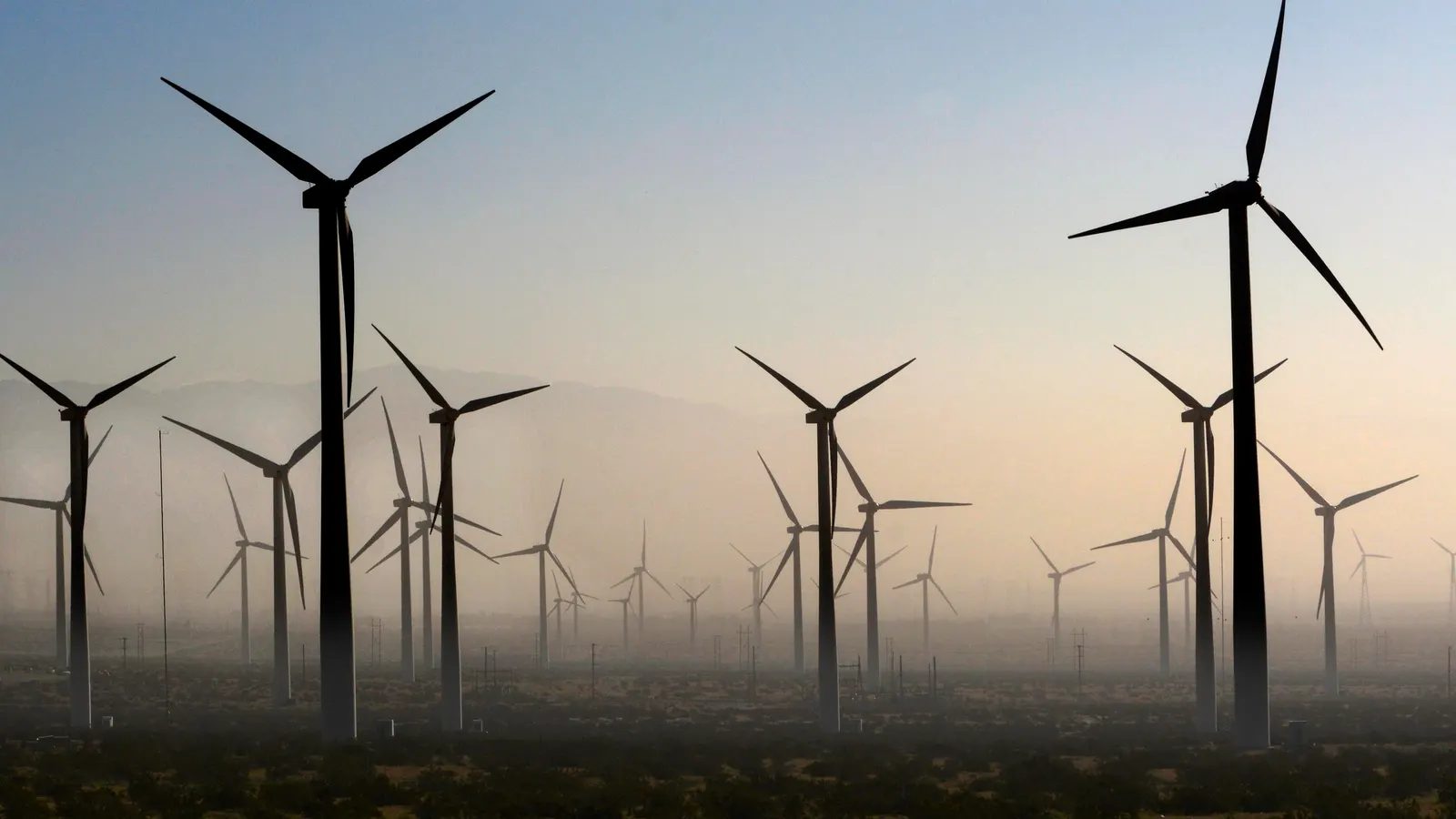Rising costs and logistical challenges have caused delays in at least 10 offshore wind projects across the U.S. and Europe, amounting to a total of $33 billion.
This issue arises shortly after Maine Governor Janet Mills signed a bill to advance offshore wind power, which will allocate billions in taxpayer-funded contracts to wind power port and turbine developers.
Anders Opedal, CEO of Norwegian offshore wind manufacturer Equinor, “At the moment, we are seeing the industry’s first crisis.”
Equinor, in partnership with BP, is working on three wind farms off the coast of New York aimed at powering around 2 million homes. They informed the state in June that power prices would need to be renegotiated to secure financing for the project.
Last month, the Biden administration announced its first offshore wind energy lease sale for a project in the Gulf of Mexico, part of the Biden-Harris plan to achieve 30 gigawatts of offshore wind electricity by 2030.
Peter Lloyd-Williams, a senior analyst at Westwood Global Energy Group, told that the delays affecting numerous offshore wind projects in the U.K. and Europe represent a “major red flag” for the industry.
A recent 40 percent cost increase halted an offshore wind project in the U.K., and investors have delayed decisions on two projects in the Baltic Sea. Additionally, three projects in the North Sea, with a combined planned expenditure of about $19 billion, are either delayed or revising terms, according to Lloyd-Williams.
“If the soundest projects in the most mature markets start to sink, that is a major red flag,” he said.
Avangrid, a U.S. subsidiary of the Spanish utility company Iberdrola and parent of Central Maine Power, agreed this month to pay $48 million to withdraw from an offshore wind project in Massachusetts, a bid made in September 2021 when market conditions were more favorable.

Ken Kimmell, vice president of offshore wind development at Avangrid, told, “What happened of course is that the world changed dramatically.”
The changes include the war in Ukraine, which has driven up the price of steel and other supplies, coupled with Europe’s accelerated push for offshore wind and a series of interest rate hikes that have increased borrowing costs.
Kimmell anticipates that the contracts for Massachusetts’ next round of offshore wind project bidding in January 2024 will include clauses to address potential price fluctuations, describing the industry’s challenges as a “speed bump, not a brick wall.”
In July, Rhode Island’s largest utility company decided against proceeding with a major offshore wind project, citing that rising costs had rendered the deal too costly for ratepayers.
The issue of escalating costs extends beyond offshore wind. Quality problems with Siemens Energy’s flagship onshore turbines are projected to cost around $1.75 billion to rectify, and the company expects to lose approximately $5 billion this year.
These challenges cast doubt on the costs associated with Governor Mills’ plan to install wind turbines in the Gulf of Maine.
Mills recently signed a bill to authorize and fund the construction of a port in Maine, which will eventually serve as the site for the offshore wind turbines. Lawmakers approved the bill without a clear understanding of the total cost to ratepayers and taxpayers.
The Governor’s Energy Office has projected $8 billion in spending on the port in their “Offshore Wind Roadmap,” with Maine expected to attract twice as much in private investment from offshore wind projects.
The unpredictable costs linked to the port project, which will not be operational for several years, complicate developers’ efforts to conduct a thorough cost-benefit analysis.







Leave a Reply